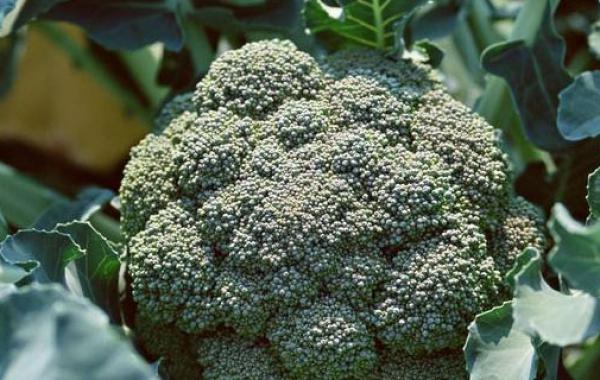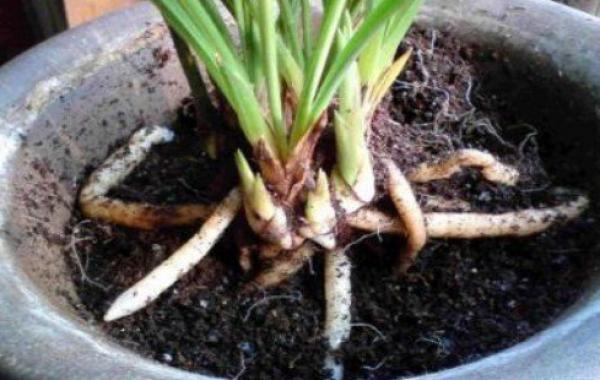How to judge the water shortage of orchids

Today, the editor is going to share the information about herbs with you. Next, I will introduce from the following aspects: the moral symbol of orchids, how to cultivate them.
Orchids are herbaceous and highly ornamental. So, in the process of maintaining orchids, how to judge whether orchids are short of water? The details are as follows:
How to judge whether orchids are short of water
Orchids are terrestrial plants that like moisturizing and waterlogging. Many beginners, for fear of lack of water, ended up watering too much water and rotting away the fleshy roots of orchids. The watering principle of Tupi orchids is "better dry than wet", as long as the orchid soil is kept moist. On the contrary, orchids cultivated in soilless culture are "better wet than dry".
Orchids should not look at how often they are watered, but mainly depends on whether the soil is thirsty or not.
The dry humidity of orchids is more difficult to master, especially for beginners. Now most of us use hard particles to plant orchids, which is even more difficult to master. The basin looks dry, but the bottom is still wet. How to master it? There is a small way to observe, with a small toothpick (preferably wooden), inserted into the edge of the basin, 1-2 hours later pull out observation, if the toothpick is wet, do not need to water, if the toothpick is dry, water thoroughly, by observing the dry humidity of the toothpick to determine the amount of water in the basin, decide whether to water or not. This can generally meet the water needs of orchids without getting too wet and dry.
It is better for orchids to be watered with Rain Water and spring water, and tap water or rice water should be used overnight. When watering, pour from the edge of the basin, not into the bud. The amount of watering should be determined according to the air temperature, the degree of dryness and humidity of the basin soil and the growth of bluegrass. The leaves are mostly watered, but the leaves are thinly watered. From April to May, the new bud has not yet grown soil, the basin soil should be dry, too wet new bud is easy to rot; June-September is the orchid bud growth period, the amount of water should be increased, every sunny morning or watering once, do not water at noon hot sun. To reduce the amount of water in autumn, foliar spray water can be used to keep the basin soil moist, and the amount of water should be controlled in winter to keep it "80% dry and 20% wet".
The right way to water orchids
When watering orchids, be sure to water the soil thoroughly, but do not pour water into the center of the leaves, because if the water does not evaporate, it will harm the growth of the plant. You can use spray cans and other tools to water it, or you can use the soaking pot method, that is, put the flowerpot in the tray and wait for half an hour to take it out. In addition, spray bottles should be used to sprinkle water to the plants, which can increase the air humidity very well.
People summed up several methods of watering orchids, such as perfusion, sprinkling, infiltration and so on, each of which has its own advantages and disadvantages. If the family grows orchids, perfusion is the best choice.
The pouring method is to inject water along the edge of the orchid basin until the basin bottom overflows and then irrigates a part of the water, and the watering work is over.
Orchid is one of the top ten famous flowers in China, which is loved by everyone, and it has a pleasant aroma. "there are orchids in the grass by the side of the road, but they do not show their heroic appearance. When they are fragrant and fragrant, they will know that the garden is hidden and wonderful."
". This fragrant orchid has always been favored by people. The voluptuous and mysterious fragrance of orchids is unmatched by the aroma of any kind of flowers in the world. No matter the fragrance of cymbidium, the strong fragrance of Chunlan, the sweet clover of some Jian orchids, and the sandalwood aroma of some orchids, they all have a common characteristic, that is, they are clear and quiet.
English name: orchid alias: orchid, quiet orchid, orchid Latin scientific name: Cymbidiumspp classification: Orchidaceae: genus Orchidaceae: Monocotyledon Monocotyledon Orchidaceae sunshine: orchids like shade, cool environment, avoid direct sunlight soil: breathable loose rotten leaf soil, thin fertilizer, do not apply thick fertilizer moisture: orchids like to be moist, keep the basin soil moist for a long time
Orchid symbolizes beauty, nobility, patriotism, unswerving, etc., we should know that orchid is the gentleman of flowers, its quality is very noble, poets often praise it, and orchid is the mascot of love.
Related
- Is the orchid suitable for indoor use? Is it good for the body?
- How to prevent the empty root of orchids?
- What to do after the crab claw orchid is withered?
- Why are the leaves of orchids always yellow? Fertilizing and watering.
- Can the root of the gentleman orchid be saved if it is rotten?
- Diagnosis and treatment of cotton-blowing beetle insects in Cymbidium
- There is a way for a gentleman's orchid to rot.
- What is the most suitable temperature and humidity for the orchid?
- How to raise a gentleman's orchid? Cultivation techniques of Cymbidium
- How to prepare the nutritive soil for the cultivation of Cymbidium



